Discovering the Versatility and Durability of 304 Stainless Steel in Modern Applications
In the ever-evolving world of materials engineering, the significance of 304 stainless steel cannot be overstated. Known for its remarkable versatility and durability, 304 stainless steel has established itself as a cornerstone in various modern applications, ranging from kitchenware and industrial equipment to architectural elements and automotive parts. This austenitic stainless steel is prized not only for its excellent corrosion resistance and formability but also for its ability to withstand extreme temperatures, making it ideal for diverse environments. In this guide, we will explore the myriad ways in which 304 stainless steel can be utilized, showcasing its adaptability across different sectors and applications. Whether you are a novice DIY enthusiast or a seasoned professional, understanding how to harness the unique properties of 304 stainless steel will empower you to make informed decisions in your projects, ultimately enhancing both functionality and longevity.
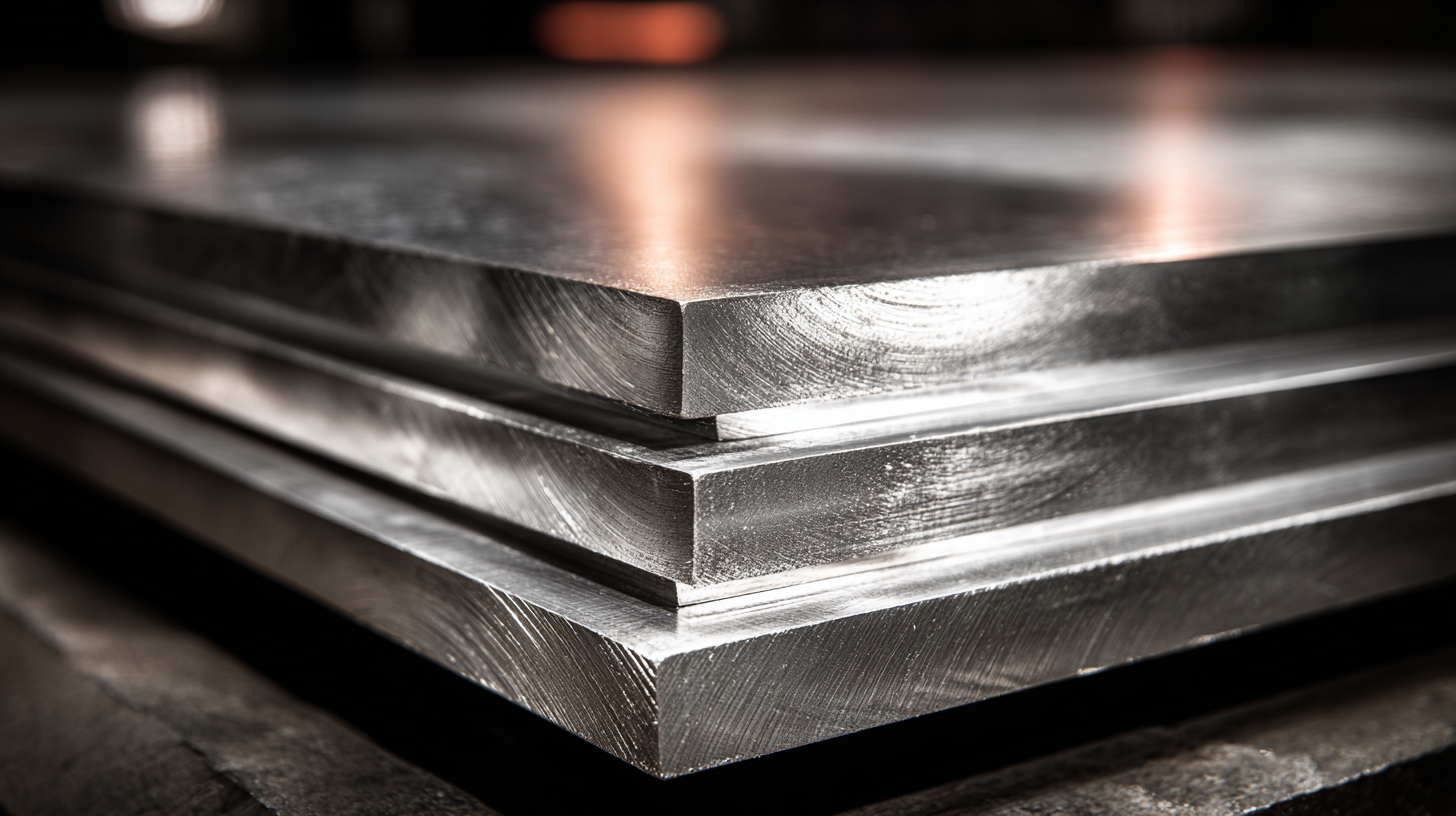
The Unique Properties of 304 Stainless Steel: A Comprehensive Overview
304 stainless steel is known for its remarkable versatility and durability, making it a preferred choice across various modern applications. Its unique properties, including excellent corrosion resistance, high-temperature strength, and ease of fabrication, contribute to its widespread use in everything from kitchenware to industrial equipment. The global market for stainless steel products is expected to see significant growth, with projections indicating an increase from $206.9 billion in 2023 to $320.4 billion by 2032, driven by rising demand in sectors such as construction, automotive, and energy.
Tip: When choosing stainless steel products, opt for those made from 304 stainless steel for enhanced durability and long-lasting performance. Its resistance to a wide range of environments makes it ideal for both household and industrial applications.
Recent discussions surrounding the safety of stainless steel, particularly regarding its use in food and beverage containers, have raised concerns among consumers. Studies show that, contrary to some claims circulating online, using 304 stainless steel for drinking cups and food containers is safe, as it does not leach harmful substances into beverages. Understanding the science behind stainless steel can help consumers make informed decisions about the products they use daily.
Tip: Look for certifications and quality assurances when purchasing stainless steel items to ensure you are getting high-quality and safe products.
304 Stainless Steel Applications and Performance Overview
Five Essential Applications of 304 Stainless Steel in Industry
304 stainless steel plays an integral role across various industries due to its remarkable versatility and durability. One of the essential applications of 304 stainless steel is in the food industry, where its corrosion resistance and hygienic properties make it ideal for food processing and storage equipment. This type of stainless steel ensures compliance with health regulations, minimizing the risk of contamination.
Another significant application is in the automotive sector. The use of 304 stainless steel in components that experience high levels of stress and corrosive environments, such as exhaust systems and structural parts, enhances vehicle performance and longevity. Additionally, the chemical industry benefits from 304 stainless steel's resistance to harsh chemicals, making it suitable for manufacturing tanks and pipelines that transport volatile substances. Its ability to withstand extreme conditions contributes to improved safety and efficiency in these critical applications.
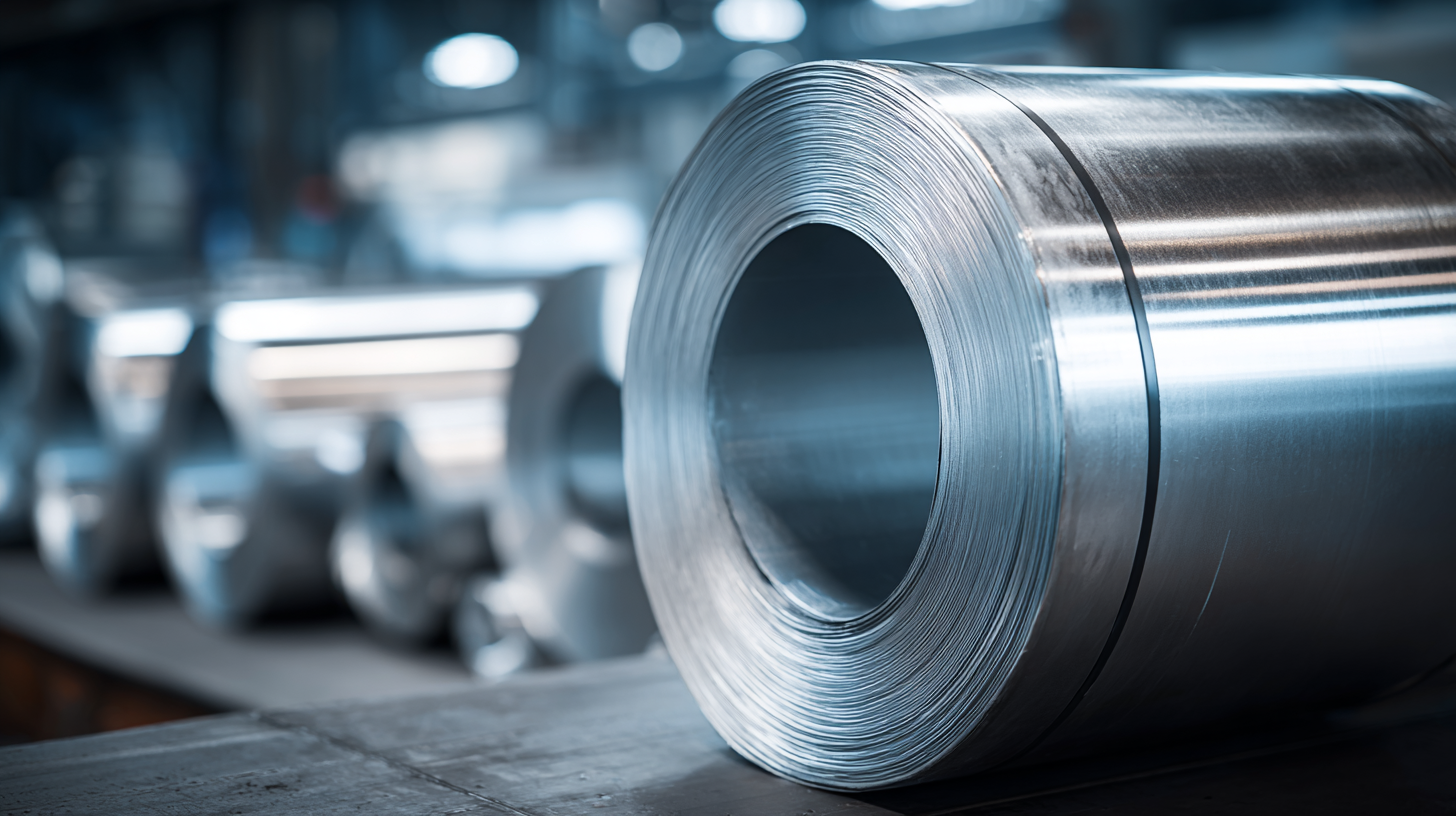
Top 10 Benefits of Choosing 304 Stainless Steel for Your Projects
304 stainless steel is widely recognized for its versatility and durability, making it a top choice for various modern applications. One significant benefit is its excellent corrosion resistance. According to industry reports, 304 stainless steel can withstand corrosive environments, outperforming many other materials, which gives it a longer lifespan and reduces the need for frequent replacements. This property makes it particularly suitable for kitchen equipment, medical devices, and food processing applications.
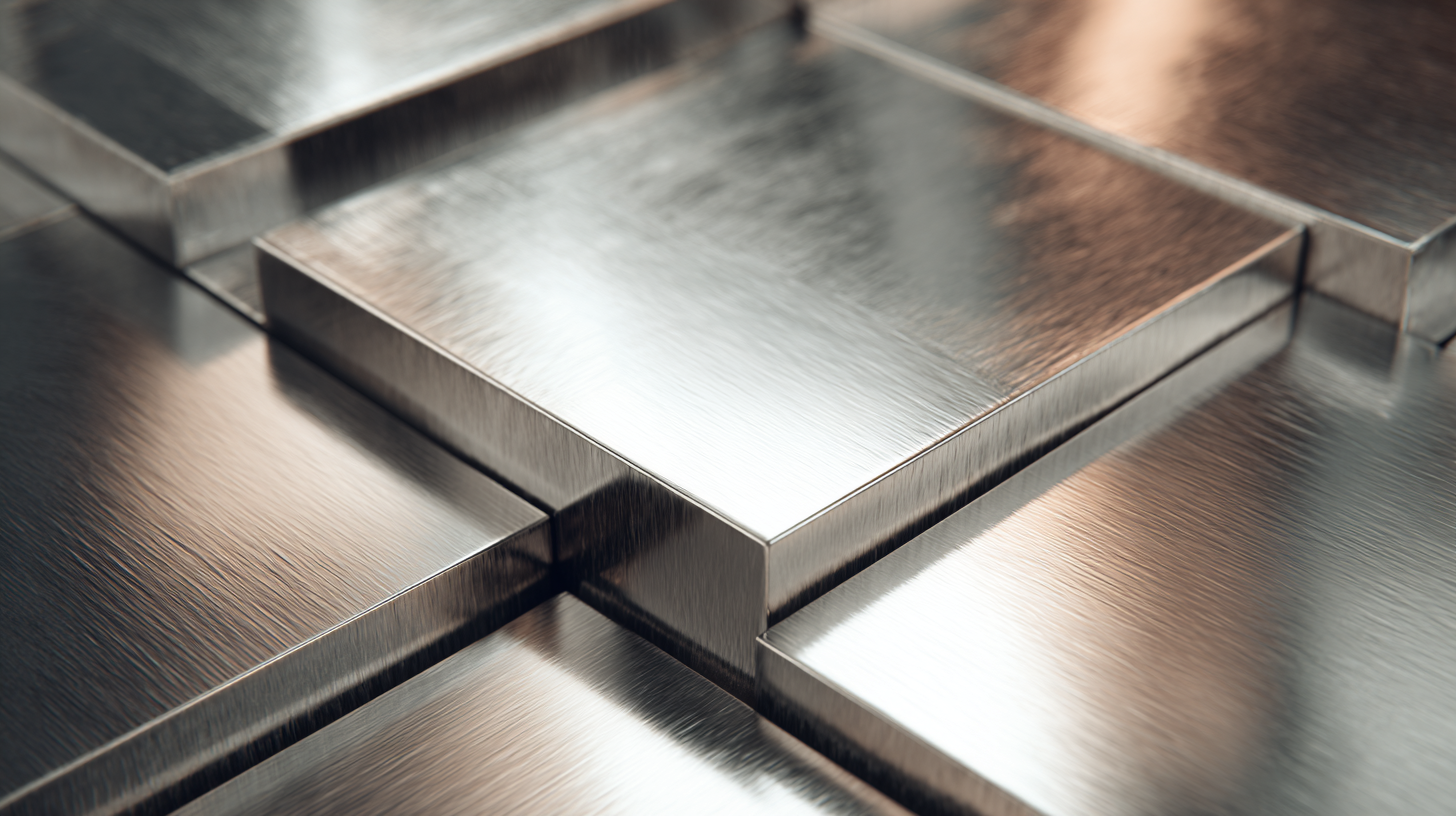
Another key advantage of opting for 304 stainless steel is its aesthetic appeal along with hygiene properties. Its smooth surface is not only easy to clean but also maintains a shiny finish, enhancing the visual attractiveness of products. Research indicates that in environments where sanitation is critical, like hospitals or restaurants, using materials that prevent bacterial growth is vital. The non-porous nature of 304 stainless steel contributes to this requirement, ensuring that it meets stringent health and safety standards. Overall, the combination of durability, corrosion resistance, and aesthetic qualities positions 304 stainless steel as an indispensable material in numerous sectors.
Key Maintenance Tips for Ensuring Longevity of 304 Stainless Steel Products
Maintaining the longevity of 304 stainless steel products is crucial to harnessing their versatility and durability in various modern applications. One of the key maintenance tips is to clean the surface regularly using a mild detergent and warm water. This routine cleaning helps to remove dirt, grime, and potential contaminants that can lead to corrosion over time. For tougher stains or grime buildup, utilizing a soft cloth with a specialized stainless steel cleaner can yield excellent results without scratching the surface.
Another important aspect of maintenance is to avoid exposing 304 stainless steel to harsh chemicals or abrasive materials. Substances such as chlorine and bleach can compromise the protective layer of the steel, leading to rust and degradation. When using cleaning agents, it is advisable to check if they are safe for stainless steel. Additionally, routine inspections for any signs of corrosion or damage can help address issues promptly, ensuring that your stainless steel products remain functional and aesthetically pleasing for many years.
Comparative Analysis: 304 Stainless Steel vs. Other Alloys in Modern Uses
304 stainless steel is renowned for its versatile properties, making it a popular choice in various modern applications. When compared to other alloys, such as 316 stainless steel and aluminum, 304 shines in its excellent corrosion resistance and formability. While 316 offers enhanced resistance to chloride environments, making it ideal for marine applications, 304 is often preferred for kitchen equipment and architectural features due to its cost-effectiveness and ease of fabrication.
Additionally, when comparing 304 stainless steel to carbon steels, the benefits become even more pronounced. Carbon steels are susceptible to rust and corrosion when exposed to moisture, whereas 304 stainless steel maintains its integrity and appearance over time. This durability, coupled with its non-reactive nature, makes 304 a superior choice in industries ranging from food processing to medical equipment, where hygiene and safety are paramount. In summary, the unique properties of 304 stainless steel not only provide an advantage over other materials but also cater to the diverse needs of modern manufacturing and design.
Related Posts
-
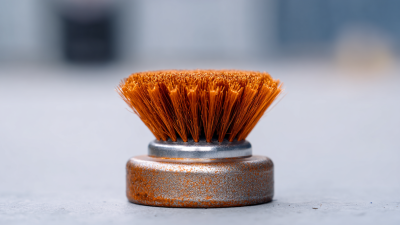
Exploring the Impact of Wire Brush Innovations at the 2025 China Import and Export Fair
-
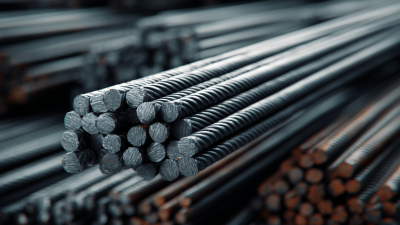
7 Best Practices for Choosing the Right Steel Wire for Your Projects
-

Innovative Trends and Market Insights for Welded Wire Mesh at the 2025 China Import and Export Fair
-
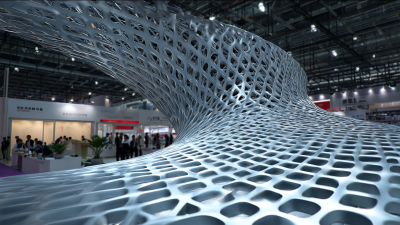
Exploring Opportunities for Metal Mesh Innovations at the 138th China Import and Export Fair 2025
-

Mastering Stainless Steel Welding Techniques for Superior Joints and Durability
